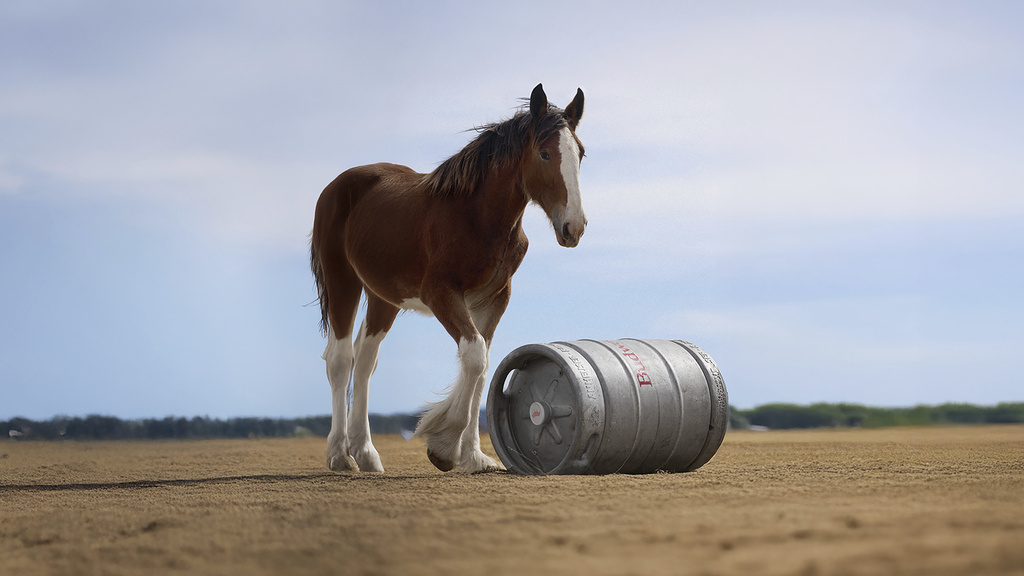The annual Perseid meteor shower will peak in the pre-dawn hours of August 12 and 13. The week after, from midnight to dawn any morning, should produce a few meteors as well, according to NASA.
Meteors or “shooting stars” usually occur when Earth passes through trails debris from active comets. Swift-Tuttle is the name of the comet where the Perseid meteors originate. Swift-Tuttle orbits the sun every 133 years, and is the biggest known object to repeatedly pass Earth – with a nucleus of about 16 miles, but it won’t be back until the year 2126.
During this year’s meteor shower, there will be a bright moon, so the moon’s brightness may dim the light of many meteors. You will still be able to see about a dozen or more meteors per hour – and the occasional “fireball,” a large bright meteor, says Space.com.
Meteors are cool to see, but what is actually happening?
Meteors or comet debris, produce a bright trail of light when they burn up in Earth’s atmosphere. Meteors are called meteoroids when they are still in space and become meteorites if they land on Earth.
Although, at the peak you will see the most amount of meteors at one time, you should be able to catch a few later on when the moon is less bright. One week from now, on August 18, it will be a New Moon, so there won’t be any competition against the meteor shower.
According to a Patch article, the best places in Florida to see the meteor shower are in Dark Sky Preserves – Preserves protected against light pollution, making them great for stargazing. These are some Dark Sky Preserves across Florida:
- South Florida: Big Cypress National Preserve (about 45 miles west of Miami)
- Central Florida: Kissimmee Prairie Preserve (recognized as Florida’s first Dark Sky Park by the International Dark Sky Association)
- Tampa Bay: Withlacoochee River Park in Dade City
When planning to view the Perseids, you may want to find a location away from bright lights to have a better chance at seeing the meteors. All you have to do is turn towards the North and gaze upwards.
__
For more information or news tips, or if you see an error in this story or have any compliments or concerns, contact editor@unfspinnaker.com.
















